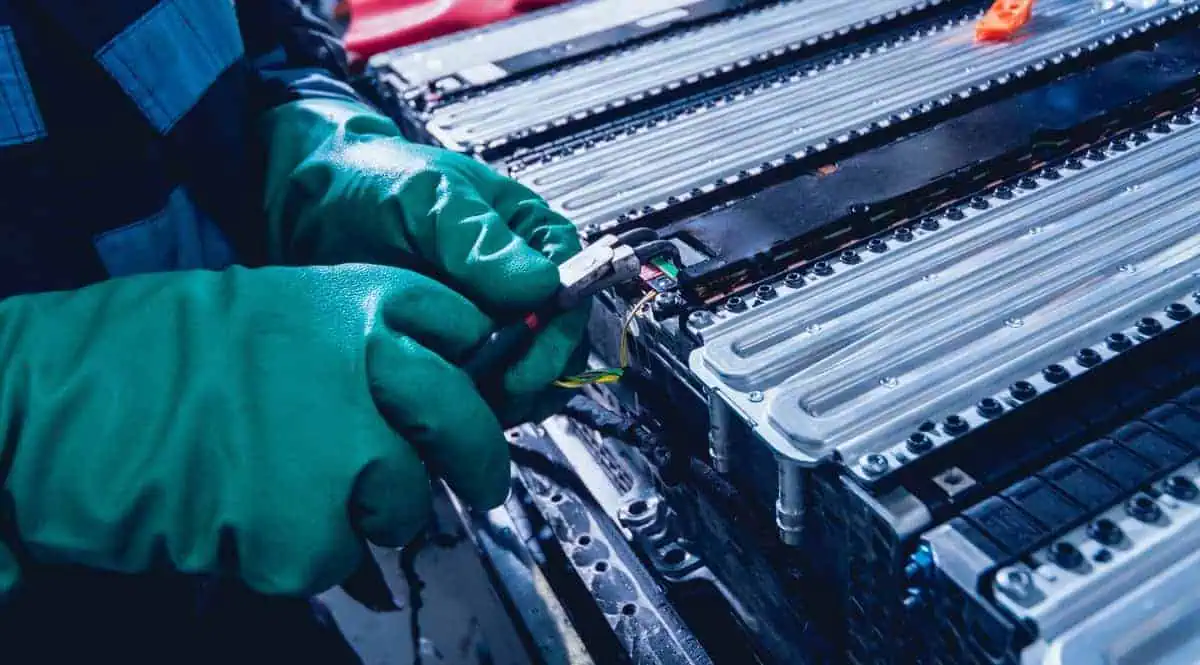Tesla-backed battery research endeavors by Dr. Jeff Dahn of Dalhousie University, along with other researchers, have just unveiled its “third best” battery cell chemistry. This recent battery breakthrough claims to extend the lifespan to 4 million miles.
The discoveries do not stop there as the other two battery cell chemistries are even more remarkable, Torque News reported.
Long-standing collaborations
The Musk-led company initially inked a 5-year partnership with leading li-ion battery researcher Dr. Jeff Dahn along with his lab in 2016.
The partners decided to extend their agreement to another 5 years in 2021, which enabled Tesla to access Dr. Dahn’s battery research exclusively through 2026.
Tesla also recruited Dr. Chongyin Yang as its Canada Research chair and Dr. Michael Metzger as its Herzberg-Dahn chair in 2021.
Battery breakthroughs
Dr. Jeff Dahn Research Group labs have reportedly come up with three innovative battery discoveries that may aid Tesla with its electric vehicle models in the future.
NMC (nickel manganese cobalt)
In just a year following the partnership’s extension, Tesla-backed researchers already have a ground-breaking battery chemistry that supports a 100-year lifespan in March 2022.
Dr. Metzger and Dr. Dahn outlined the new nickel-based battery in the paper released last year:
“Single crystal Li[Ni0.5Mn0.3Co0.2]O2//graphite (NMC532) pouch cells with only sufficient graphite for operation to 3.80 V (rather than ≥4.2 V) were cycled with charging to either 3.65 V or 3.80 V to facilitate comparison with LiFePO4//graphite (LFP) pouch cells on the grounds of similar maximum charging potential and similar negative electrode utilization. The NMC532 cells, when constructed with only sufficient graphite to be charged to 3.80 V, have an energy density that exceeds that of the LFP cells and a cycle-life that greatly exceeds that of the LFP cells at 40 °C, 55 °C, and 70 °C.”
Tesla researchers’ note
The new nickel-based battery cell has an extremely high energy density and can last longer than lithium iron phosphate batteries.
“NMC cells, particularly those balanced and charged to 3.8 V, show better coulombic efficiency, less capacity fade, and higher energy density compared to LFP cells and are projected to yield lifetimes approaching a century at 25 °C.”
Tesla’s researchers’ note
Notably, this battery chemistry can initially support thousands of cycles. In a significant development, it has now reached 19,500 cycles and counting.
“Each cycle is 300 kilometers. So, if it were at 20,000 cycles, it would be 6 million kilometers.”
Dr. Metzger
If we convert 6 million kilometers to miles, it would be 3,728,227.
Other two prototypes
Dr. Metzger stated that two other battery prototypes surpass the capability of the “4 million mile battery.”
He indicated that the best breakthrough is the high-energy-dense battery with silicon carbide anode instead of graphite.
This battery chemistry is still under development. It lacks the 4 million mile life cycle of the NCM batter. Nonetheless, it has an extremely high energy density that improves vehicle range.
The other one is also still being developed at the researchers’ labs. It is a lithium-iron-phosphate (LFP) cell that the researchers expect to be its second-best discovery.
See Also:
- Tesla battery suppliers enjoy shares growth amidst IRA tax credits
- Tesla to invest “quite big” in an Indonesian battery factory
- Tesla depends on China for 39% of its battery supply chain, analysis finds
- Tesla’s rival GM faces a major setback in the US market due to a battery shortage
- Tesla improves energy density of the Cybertruck’s battery cells by 10%
Unfortunately, the researchers have yet to disclose the volume production of the said batteries. Nonetheless, these breakthroughs will undoubtedly aid Tesla in improving its battery technology and address the shortcomings of its current and future EV models.






